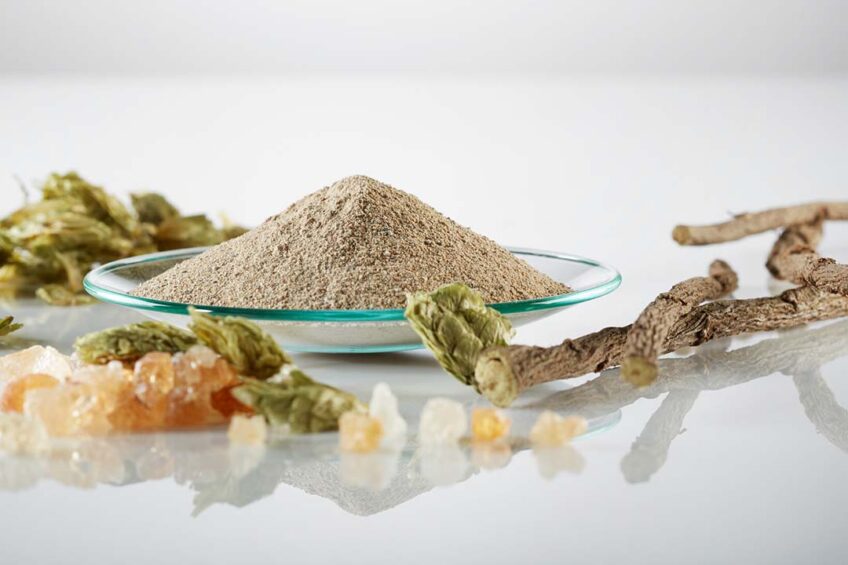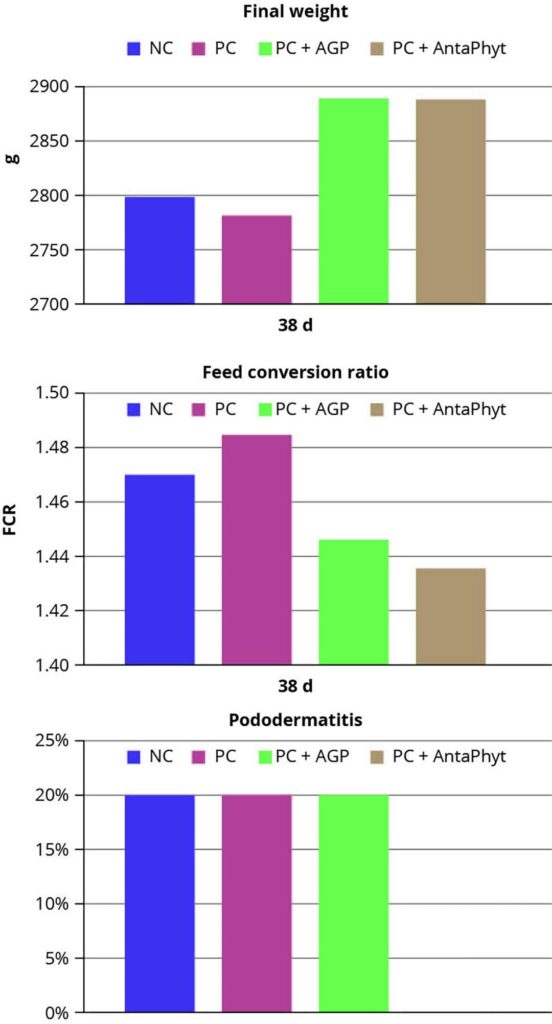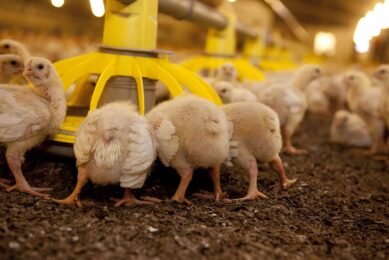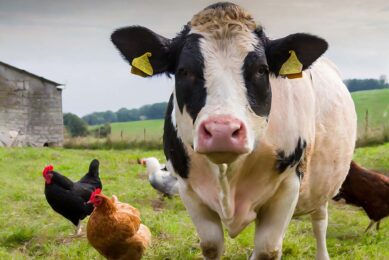Antibiotic reduction: Let’s do it the phytogenic way!

They have been saving lives for over 100 years: Antibiotics are among the most valuable tools modern medicine has brought forth. But even at the time of the discovery, it was clear to scientists that humanity had to handle this treasure responsibly so as not to risk losing it again.
ANTIBIOTIC REDUCTION SPECIAL 2023 – read all articles
Today we know that resistance to antibiotics pose a serious threat to our health and our lives. To ensure that antibiotics can still save lives tomorrow and in the future, we must plan their use precisely and replace them wherever there are equivalent or even better alternatives.
In agriculture, which is heavily dependent on the use of therapeutic antibiotics, there has been a clear shift in awareness in recent years towards reducing the use of antibiotics. As little as possible, as much as necessary, is the motto here. This is to guarantee successful application and to make the best possible use of available resources. Any use of antibiotics is a complex decision, influenced by factors such as animal health, food safety and environmental concerns. One thing is clear: the healthier the animal and the more stable its general condition, the lower the need for therapeutic antibiotics. To reduce and prevent inflammation, fight infections, and improve feed conversion, body weight and overall performance, there have long been alternatives that can completely replace antibiotics in these areas and even provide additional benefits: Healthier animals, stronger immune systems and more stable gut health.
Phytogenics – concentrated plant power
In numerous trials, phytogenic compounds derived from plants have been shown to be potent alternatives to antibiotics. Phytogenics not only help prevent bacterial resistance, but also improve animal safety and welfare and improve food safety without residue concerns. They also assist in regulatory compliance, aligning with stricter global regulations. Consumer preference for antibiotic-free products is driving demand – good prospects for producers! Phytogenics support cost-effective and sustainable livestock production by allowing farmers to invest in long-term health for high performance animals while improving the marketability of their products, saving on feed and improving yields per animal.
This is how it works
Broilers are often infected with pathogens and other challenges, which usually come with a host of other troublemakers. Eimeria, for instance, which are very common in poultry, always occur in combination with clostridia. In a scientific trial, the consequences of these infections on the producers’ output, even with a coccidiostat in the basic diet, become apparent: With four groups of birds, three are challenged with Eimeria on day 14 of their life. Compare the group without the challenge (negative control, NC) with the first Eimeria group which did not receive any additional treatment (positive control, PC), and you see the damage that the infection causes: The infected birds put on less weight and have a much poorer feed conversion ratio in comparison. To avoid such implications on their production, poultry farmers often turn to antibiotic growth promoters. In our comparison trial, this is the third group, PC + AGP.
AGP are used with the aim of diminishing the burden of secondary infections such as clostridia and reducing the risk of further infections and inflammation, but they severely disturb the gut microbiota. Plus, they bring with them all the problems of antibiotics that we know of: They foster resistances and endanger human lives. They wreak havoc on the animals’ immune system and thus produce further costs for treatment. And they reduce the overall value of the carcass, as regulations and customers call for antibiotic-free products.
This leads us to the fourth group. We replace the AGP with a phytogenic feed additive: Anta Phyt by Dr. Eckel Animal Nutrition combines different plant-based ingredients which have antibacterial effects and support a healthy gut flora. As we can see from the trial results, this phytogenic feed additive is every bit as successful as the antibiotic in fighting off the harmful effects of the infections and promoting weight gain. And thanks to its beneficial effects on the gut system, the feed conversion ratio is even better (Figure 1). So, in replacing antibiotic growth promoters with the phytogenic complex of Anta Phyt, producers achieve a more sustainable result, because they not only contribute to avoiding resistances, but they also improve their own ROI due to better FCR and lower feed costs per kg of growth. Still, that’s not all.
Figure 1 – Best performance, best health: Only the birds in the phytogenic group were free from pododermatitis.

The look beyond performance
Performance parameters such as weight gain and FCR are probably the most obvious identification of a successful production, but they are by far the only ones. In fact, health indicators are even more telling. Proper gut health is necessary for the efficient absorption of nutrients from the feed. Poor diet, antibiotic usage and other challenges disturb the microbiota in the gut, also referred to as dysbiosis. Dysbiosis can increase the risk of gut infections and inflammation. Yet when the gut is inflamed or damaged, it cannot absorb nutrients as effectively, leading to deficiencies in the animal. A weakened immune system, skin issues, poorer egg and flesh quality, reduced fertility, skeletal problems and higher mortality are only some of the possible consequences. All this draws on the yields of poultry producers, raises the costs for health management and makes the use of AGPs much more expensive than they seem at first glance.
Why AGPs can take a back seat
We go back to our trial and compare how the different feeding groups performed in terms of health parameters. In this trial, the animals were also examined for anomalies and injuries such as foot pad lesions (Figure 1). Unlike AGPs, phytogenics offer a wide spectrum of activities and benefits to animal health and well-being, from fighting inflammation to improving gut health. This positive feature also comes into play here: the group that received the phytogenic additive was the only one that was free of foot pad lesions. How was that possible?
Anta Phyt is unique in its combination of carefully selected hops components together with other plant extracts. This results in an exceptionally high amount of active substances with a great efficiency in stabilising intestinal flora and digestive system and reducing the risk of leaky gut syndrome. Thanks to this, the phytogenic complex not only delivers best results in terms of performance. It also contributes to an improvement in gut microflora – and this is crucial to animal health and long-term success as well as best output.
Antibiotics are precious! Make sure they are saved for where they are meant to be used: wherever there is a need for reliable treatment of dangerous and life-threatening diseases. For daily health management and performance improvement, phytogenics are a much better choice – for animal health, for farmers’ profit and for the safety of nature and people.







